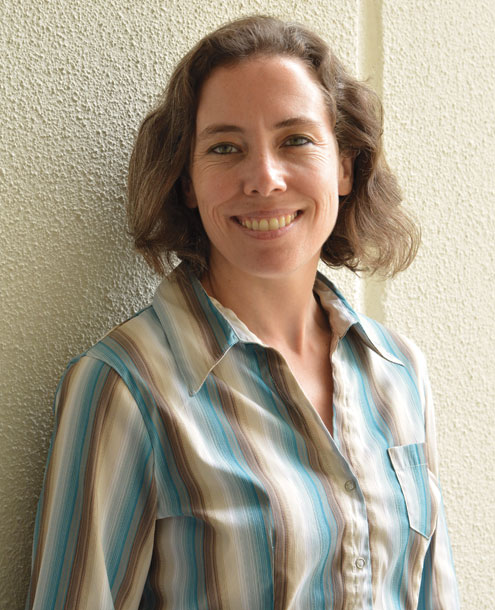
This Article From Issue
September-October 2017
Volume 105, Number 5
Page 258
In the early 1900s, Annie Montague Alexander, an heiress with a strong interest in field work and natural observation, became so concerned about how much natural biodiversity and habitat was being lost to human encroachment that she helped to found the Museum of Vertebrate Zoology at Berkeley. She and her colleagues, particularly Joseph Grinnell, spent much of their careers collecting and documenting specimens to create a comprehensive record of animal distribution in California that future biologists could use to assess wildlife changes. Indeed, biologists still refer to those careful notes today. As John G. T. Anderson argues in “Why Ecology Needs Natural History”, such devotion to observation has fallen out of vogue, perhaps because of the many time and financial pressures on scientists, but its loss bodes ill for the future. Anderson makes the case that observational scientists should be willing to accept that their results may only be put to use long after they are gone, but that such deep records of observations have been essential for large breakthroughs, such as the ones Charles Darwin made in describing natural selection.
Legacy and interconnectedness are themes again as we celebrate the 60th anniversary of the launch of Sputnik 1, the first humanmade satellite in space. As Lev Zelenyi and Olga Zakutnyaya point out in “The ‘Simplest Satellite’ That Opened Up the Universe”, Sputnik 1 was developed in a rush to be first, and it didn’t have much capability on its own. However, it began a long and fruitful path of international collaboration on outer-space research. It remains true today that no individual country has the means to undertake on its own the most ambitious missions—those that reveal so much about what goes on in the universe.
Looking both inward and outward, connection affects us on all levels, from our smallest cells to the Earth’s full biosphere. To differentiate and grow, stem cells require chemical and physical cues from their immediate environment. In “Structural Support for Damaged Tissue Repair”, Treena Livingston Arinzeh, Jennifer Moy, and Gloria Portocarrero Huang describe scaffolds they are developing from biocompatible materials, which can coax stem cells to develop into tissues, such as bones and nerves, that can be difficult to regenerate without such assistance. And on the larger scale, in “The Evolutionary Advantage of Burrowing Underground”, Anthony J. Martin makes the case that all those dens and burrows that have been dug into the earth for eons by diverse creatures, from insects to alligators, have not only affected the survival of species, but may also have had altered global environments—and even the Earth’s climate.
In the endeavor of science itself, professional climate, collegial connection, and an understanding of legacy can mean the difference between success and failure. Some recent studies have highlighted the often-subtle harassments that women and minority scientists can encounter in academic environments, and how their colleagues are often not aware of these experiences. Dr. Katie L. Burke takes a hard look at these cases in this issue’s Spotlight section (“Harassment in Science”). As scientists who value data, it behooves all of us to pay attention to such studies and consider whether they apply to our own environments.

This letter is my first as editor-in-chief of American Scientist, and I hope to continue the magazine’s legacy of connecting our readers with the research enterprise. We hope to draw readers into the larger conversations about how science itself is evolving, while supporting that strong history of building observations that can foster breakthroughs. Please join the conversation with us so we can keep scientific research thriving far into the future. —Fenella Saunders (@FenellaSaunders)
American Scientist Comments and Discussion
To discuss our articles or comment on them, please share them and tag American Scientist on social media platforms. Here are links to our profiles on Twitter, Facebook, and LinkedIn.
If we re-share your post, we will moderate comments/discussion following our comments policy.